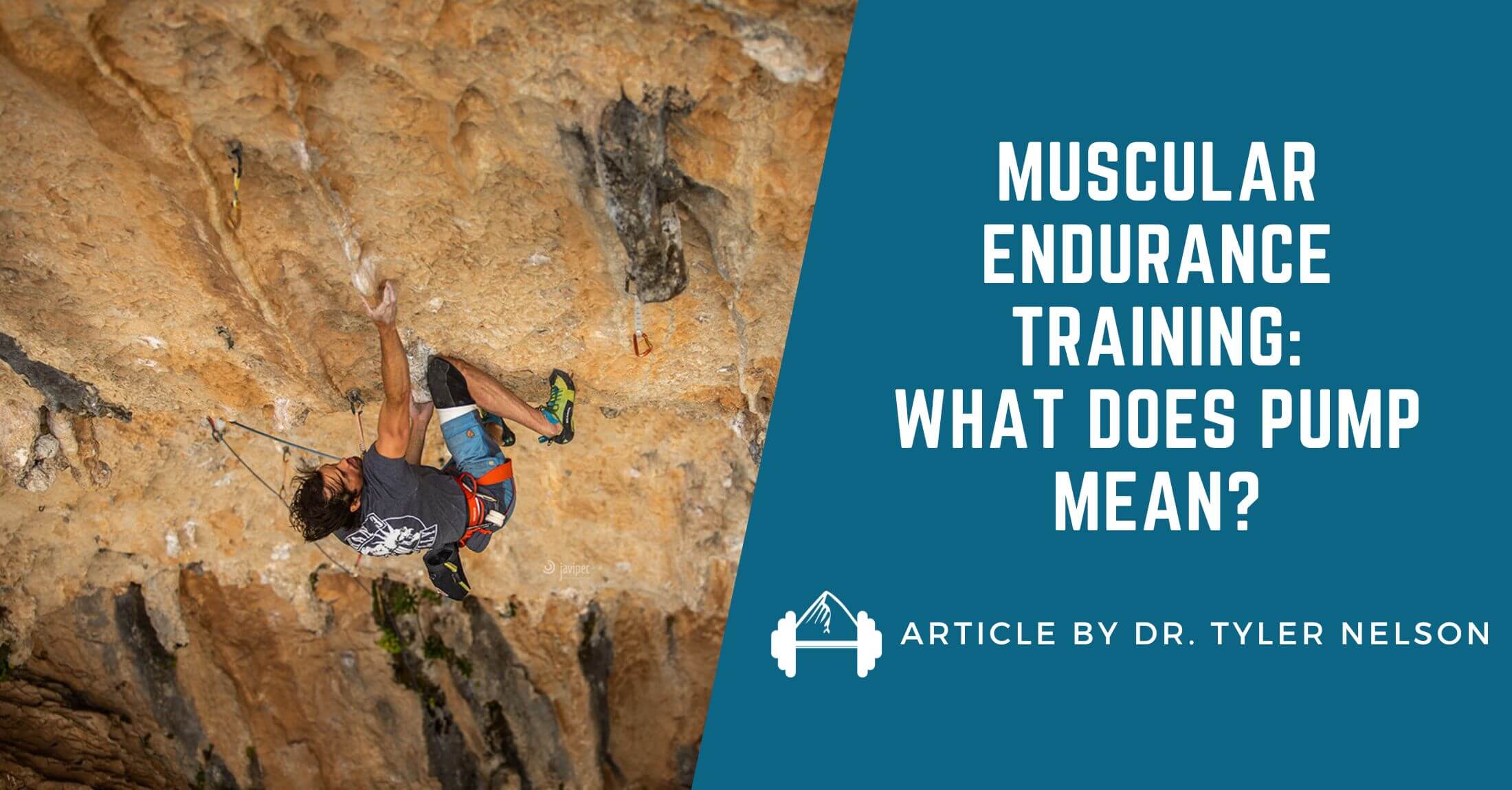This article is a repost from Kris Hampton’s site, powercompanyclimbing.com. Kris is a great friend, strong climber, and he knows his stuff! He is also the author of our 8-Week Endurance Training Program.
In this article he talks about when and why you might want to start using the smaller rungs on the campus board (versus the larger rungs, which he talked about in Part 1)….
Enter Kris….
Campusing Part 2: When and Why to Use the Smaller Rungs
In the previous post we discussed at length why you spend most of your time on the campus board on the larger rungs, gaining power. But those smaller rungs are there… and you really want to use them. So let’s talk about when and why you might want to make the switch.
Can You Gain Power On The Small Rungs?
 We’re talking raw power here. Big, dynamic pulling. The answer is an emphatic YES. HOWEVER, if, and only if, you are able to do big, dynamic pulls. If you’ve moved to the smaller rungs and you can only do single ladders, you may not be quite ready.
We’re talking raw power here. Big, dynamic pulling. The answer is an emphatic YES. HOWEVER, if, and only if, you are able to do big, dynamic pulls. If you’ve moved to the smaller rungs and you can only do single ladders, you may not be quite ready.
It might be easiest to take your cues from how you’re performing on the larger rungs. Once you’ve maxed out some of the exercises on the large rungs, particularly the 2 Move Max Ladders and Touches, then you’re ready to test those exercises on a smaller rung.
Rarely, it happens that a gorilla type climber can very quickly master the big moves on large rungs, but when they move to the smaller ones, they get nowhere. In this case, it’s obvious that the weak link is in finger strength. It’s best to go back to the fingerboard and ignore the campus board for awhile. Raw power is NOT what you need right now. Because of the forces put on your fingers, you’re far more likely to get injured if you continue campusing on rungs you can’t hold very well. Obviously, if you’re injured, you won’t be doing a damned thing, so back off and shore up your weak points before you get hurt.
If you’ve moved on to the small rungs, and you’re doing the big moves, I just want to reiterate that these workouts should be brief. Campusing isn’t a fitness or endurance workout, so don’t treat it as such. Keep your time on the small rungs to only a few moves, and rest at minimum 2-3 minutes between each repetition. I can’t emphasize this enough, so forgive me if I seem repetitive.
Of course, while raw power is the meat and potatoes of the campus board, there are other reasons to use it, and this is where the smaller rungs really start to pull their weight.
What is Contact Strength?
What I call “contact strength”, is, in short, how much force you can apply at the exact moment that you latch a hold. This skill becomes more difficult the farther you get from your low hand, or the farther distance that your hand is traveling. It’s more than just making a big move and catching a hold. Contact strength is about timing, precision, focus, and power. If you find that you can make it to holds but have trouble “sticking” them, then your contact strength, be it for mental or physical reasons, is failing you.
I say “be it for mental or physical reasons” because many people who have the physical capacity to latch small, distant holds, still have trouble convincing themselves to do so. Their timing or precision may be off, or they simply lose the commitment to the “stick” at the last second. Campus training (when done correctly) is a great way to train the mental aspect of distant latches, as well as forcing the body to adapt to the demands of possibly the most common crux move… latching small, distant holds.
How Do I Use the Smaller Rungs?
There are a few exercises that really come into their own on the smaller rungs, but again, until you’ve mastered these on the larger rungs, there is little reason to move down. Let’s look at them individually.
Jump, Stick
If you are one of the people who find themselves fumbling for the hold you’re reaching to, overshooting, or just not committing to the “stick”, then this exercise is a great way to start learning those skills. You may have come across video of people jumping up to a small rung or pair of holds, and latching onto it with both hands. While this can be valuable, it ignores the fact that it’s rare while climbing to have to stick a hold with both hands at the same time. Instead, to do this exercise, you start with one hand on a low rung, and your feet on the ground, or if available, on footholds (you can change the exercise by using only one foot, and switching which foot you use). You then jump, and reach upward with the other hand to latch the highest hold that you can. It’s simple, and unlike other exercises, focuses entirely on contact strength that is extremely specific to climbing situations.
Max Move
A bit different than a similar exercise in Part 1, in this exercise there is no reason to match the high rung afterward. All of the emphasis should be put on latching the high rung. This exercise begins with an element of absolute power, so until you are doing 1-5 on the large rungs, you’ve got no reason to move to the smaller rungs. Once you’ve moved down, it’s likely that you’ll quickly be able to generate the power to make it to rung 5, but latching it is an entirely different story. This is when it become very helpful to have half spaced rungs. (I don’t necessarily advocate for half spaced rungs for max laddering type movements, because it’s the reach that matters rather than the “stick”. Here, it’s the “stick” that matters most.) To execute this movement, you begin matched on rung 1, feet off the floor, and explode upward to the highest rung you can latch, and drop. Absolute power, STICK!
Max Bumps
A popular exercise that is, like many campus workouts, often misused. Many people tend to bump from rung to rung upward, then come back down, and do this ad nauseam until they fail. This a great workout for training moving through the various lockoff positions, with a small component of power and contact strength. I sometimes prescribe this a few times in the middle of a campus program, or to climbers who are just learning to campus, but for really zeroing in on more difficult movements, there is a better way to progress than just going for more time.
To do this exercise, you begin matched on rung 1, feet off the ground, and move one hand to rung 2, and then the same hand to rung 3, then 4, etc. Go to the highest rung you can latch, and then try to go one rung farther. If you have half spaced rungs, there is no reason to hit every half space rung on the way up. Only use the half space rung when you’ve reached your max on the full spaced rungs. Not only is this exercise a great contact strength training tool, but it requires you to generate power from a stretched out position, which makes it one of my favorite exercises.
Crux Bumps
A continuation of Max Bumps, Crux Bumps are a perfect way to avoid the power sapping bumps leading to the hardest one. I generally program 2 to 4 of these for each hand after doing
2 reps (on each hand) of Max Bumps. To do this, you begin in the position that you last held during Max Bumps. If you fell trying to bump to rung 4.5, then you’ll begin with your low hand on rung 1 and your high hand on rung 4. You then try ONLY the “crux” move of the previous exercise, Max Bumps. Because you’re required to generate momentum from a stretched out, static position, and then you have to latch a small hold, going slightly beyond your max lockoff position, you’re getting the most out of the campus board, short of plyometric exercises, all in one very complicated move.
Plyometrics?
Yes, plyometrics. But I’m getting ahead of myself. You now know how, why, and when to use the small rungs that your ego so desperately needs to train on. Just be careful. Don’t move down to smaller rungs until you’re absolutely ready, or your chance of injury greatly increases.
This isn’t the end. You haven’t mastered the campus board yet. Not even close. In Part 3 of this discussion, we’ll discuss plyometrics, which, for advanced climbers, is the real magic of the campus board.
Again, this is a repost from powercompanyclimbing.com.
To hear more from Kris Hampton be sure to listen to our podcast interview with him, here.
To improve your climbing endurance check out our 8-Week Endurance Training Program written by Kris!





Leave A Comment